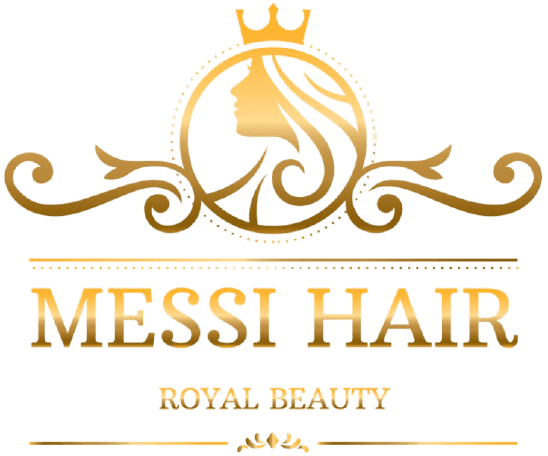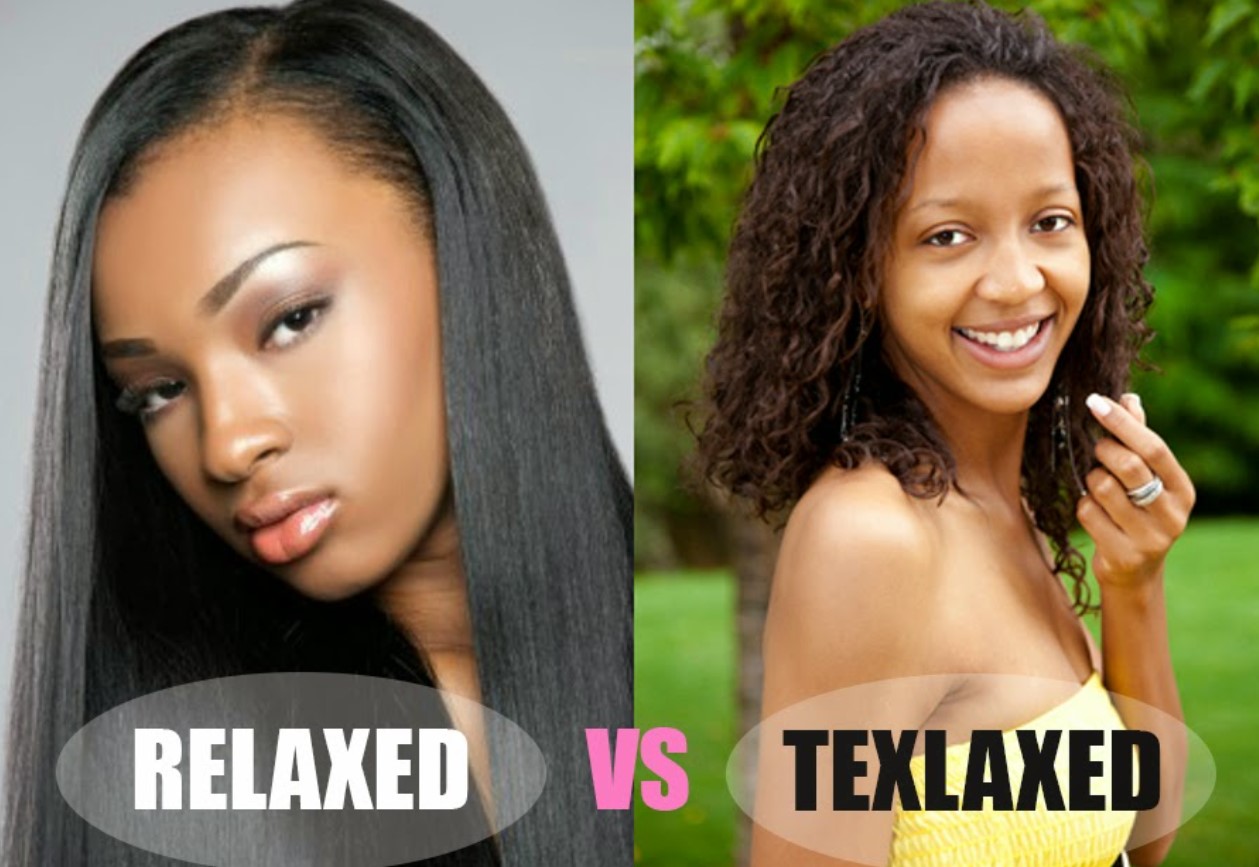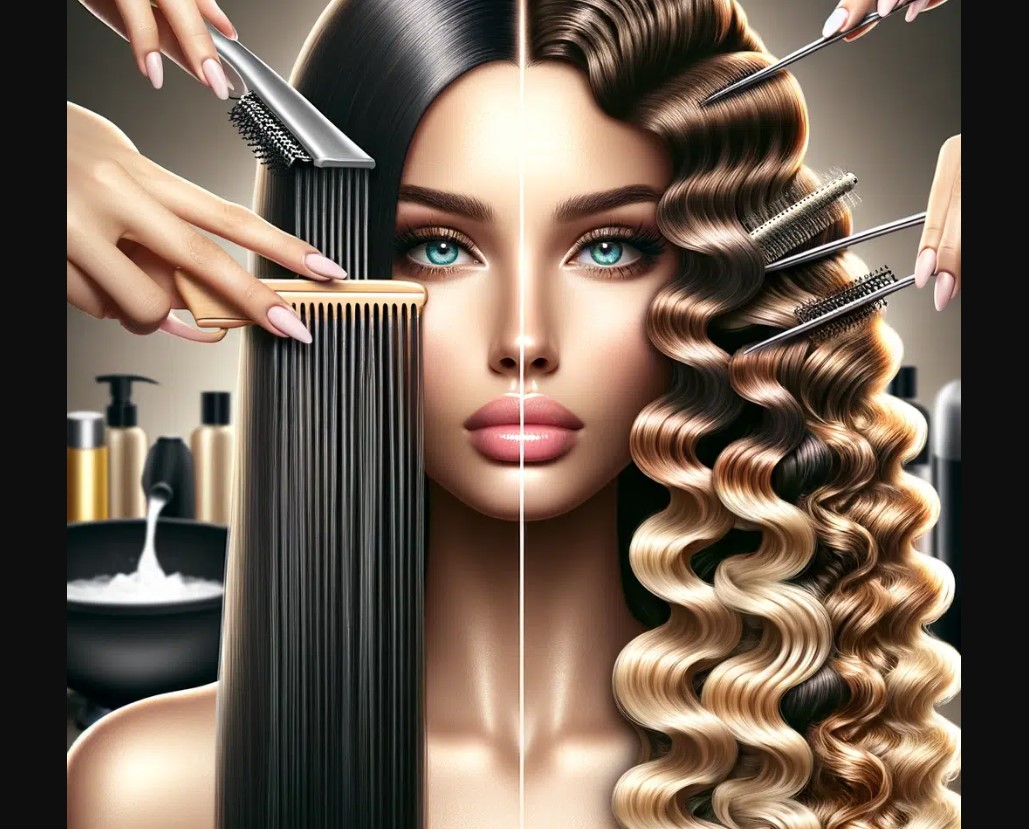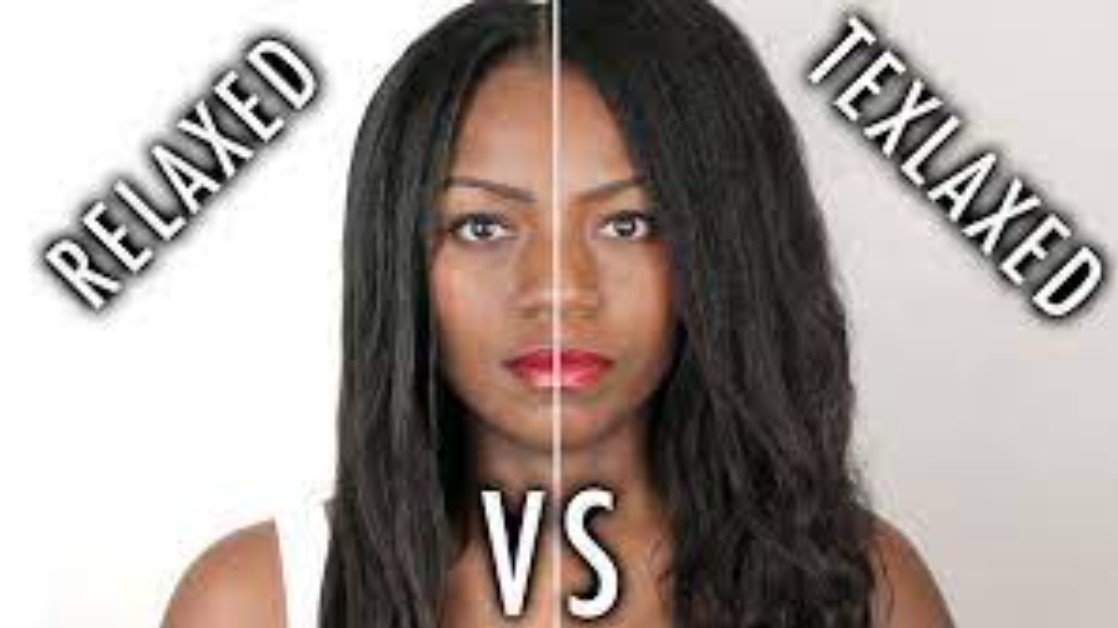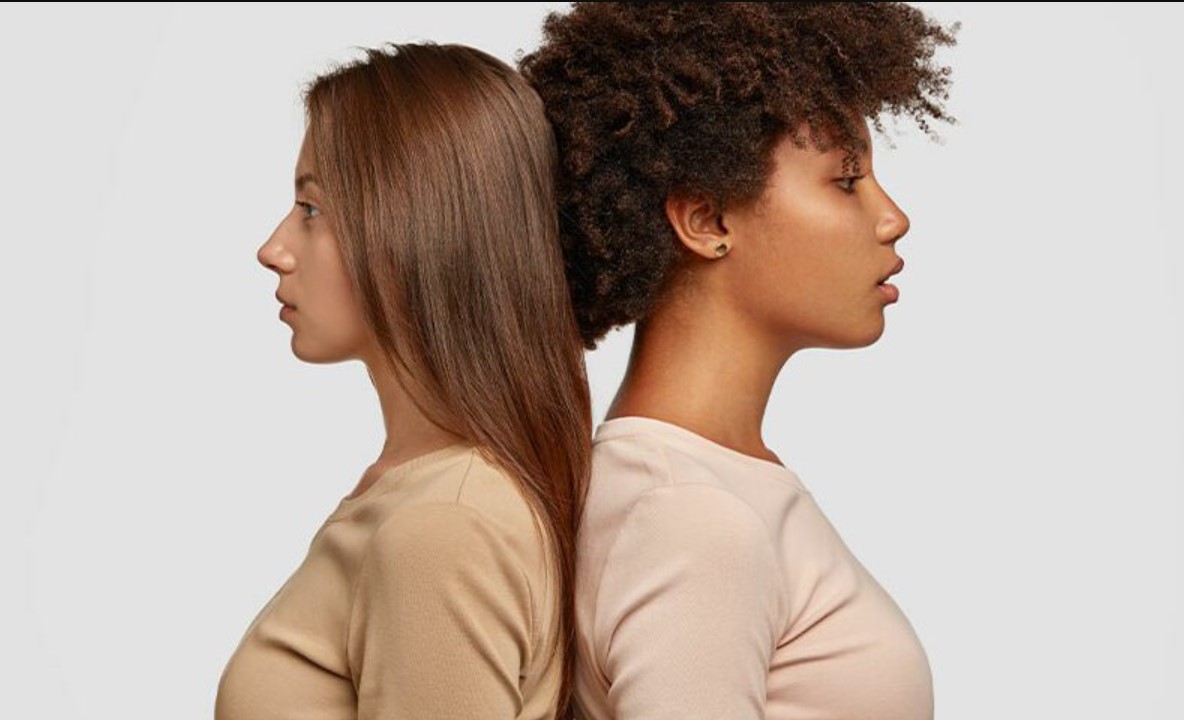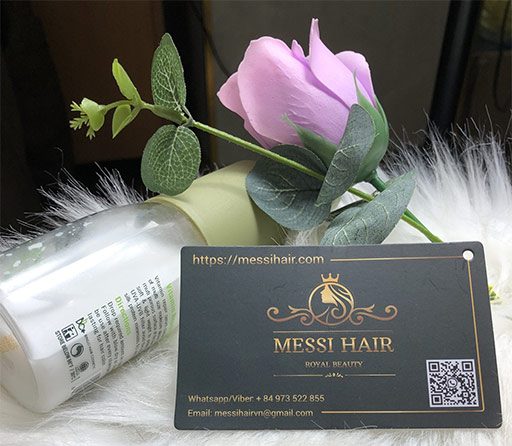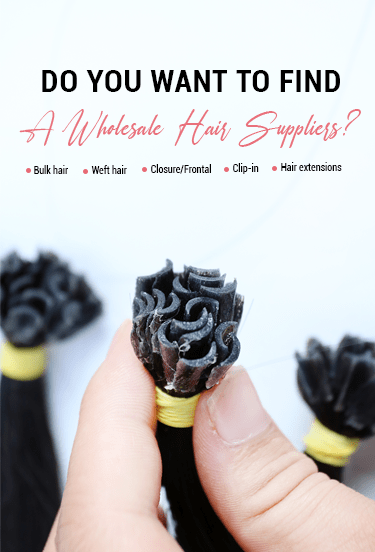Navigating the world of hair care can be a daunting task, especially for those with naturally curly or coily hair. The quest for manageable and styled tresses often leads to exploring chemical treatments like texturizers and relaxers. While both aim to alter hair texture, they work differently and offer distinct outcomes. Understanding the nuances between these two options is crucial for making an informed decision about your hair care routine.
1. What are Texturizers?
Texturizers are chemical treatments that partially relax the hair, aiming to loosen the curls and create a straighter, smoother appearance. Unlike relaxers, texturizers don’t fully straighten the hair, leaving a degree of curl or wave.
How Texturizers Work on Hair
Texturizers contain milder chemical agents than relaxers, primarily thioglycolate, which break down the disulfide bonds within the hair shaft. These bonds are responsible for the curl pattern. The chemical process softens the hair, allowing it to be stretched and ultimately resulting in looser curls or waves.
Benefits of Using Texturizers
- Less Aggressive
Texturizers have a gentler effect on the hair compared to relaxers, causing less damage and breakage.
- More Natural Look
They maintain a degree of curl, giving a more natural, less straightened appearance.
- Easier Management
Texturizers make it easier to style and manage curls, reducing tangles and frizz.
2. What are Relaxers?
Relaxers, on the other hand, are chemical treatments that completely straighten the hair, breaking down the disulfide bonds responsible for curl and wave patterns.
How Relaxers Work on Hair
Relaxers contain stronger chemical agents, such as sodium hydroxide or guanidine hydroxide, which penetrate deeper into the hair shaft to permanently alter the hair structure. This process fully relaxes and straightens the hair, eliminating the curl pattern.
Benefits of Using Relaxers
- Dramatic Straightening
Relaxers offer a dramatic and long-lasting straightening effect, completely transforming the hair’s texture.
- Easier Styling
Straight, relaxed hair is generally easier to manage, style, and maintain compared to curly or coily hair.
- Uniform Appearance
Relaxers provide a uniform, sleek, and polished look, which some individuals may prefer.
3. Key Differences Between Texturizers and Relaxers
| Characteristic | Texturizers | Relaxers |
| Chemical Composition | Milder, typically containing thioglycolate | Stronger, containing sodium hydroxide or guanidine hydroxide |
| Hair Texture Results | Partially relaxed, maintaining some curl or wave | Fully straightened, eliminating the curl pattern |
| Maintenance Requirements | Less frequent touch-ups needed | Require more frequent touch-ups as new growth appears |
4. Pros and Cons of Texturizers and Relaxers
Advantages of Texturizers
- Less damaging to the hair
- Allows for a more natural, curly/wavy appearance
- Easier to manage and style
Disadvantages of Texturizers
- Results may not be as dramatic as relaxers
- Requires more frequent touch-ups as new growth appears
- Potential for uneven texture if not applied properly
Advantages of Relaxers
- Provides a dramatic, straight, and uniform appearance
- Easier to manage and style straight hair
- Longer-lasting results with fewer touch-ups
Disadvantages of Relaxers
- More damaging to the hair structure
- Requires precise application to avoid scalp irritation
- Ongoing commitment to maintain the straight look as new growth appears
5. How to Choose Between Texturizers and Relaxers
When deciding between texturizers and relaxers, there are several factors to consider:
- Hair Type and Texture
Assess your natural hair type and texture. Texturizers may be more suitable for those with tighter curl patterns, while relaxers may work better for coarser, more resistant hair.
- Desired Outcome
Determine your desired hair texture and appearance. If you prefer a more dramatic, sleek, and straight look, relaxers may be the better choice. For a more natural, wavy/curly style, texturizers may be the way to go.
- Maintenance Commitment
Consider how often you’re willing to touch up your hair as new growth appears. Relaxers typically require more frequent maintenance, while texturizers may allow for longer periods between treatments.
- Consultation with a Professional Stylist
It’s always recommended to consult with a professional stylist who can assess your hair’s condition and provide personalized recommendations based on your specific needs and goals.
6. Notes
- Importance of Following Instructions Carefully
Regardless of the chemical treatment you choose, it’s crucial to follow the instructions provided by the manufacturer or your stylist precisely. Improper application or leaving the product on for too long can lead to significant damage and hair loss.
- Patch Testing Before Applying
Always perform a patch test before applying any chemical treatment to your hair. This helps identify any potential allergic reactions or sensitivities to the products.
- Regular Deep Conditioning
Maintaining the health of your hair is essential, regardless of whether you use texturizers or relaxers. Incorporate regular deep conditioning treatments into your hair care routine to keep your strands nourished and hydrated.
7. Mistakes to Avoid
- Overlapping Applications of Texturizers or Relaxers
Applying a texturizer or relaxer on top of a previous treatment can lead to severe damage and breakage. It’s crucial to allow your hair to fully recover between treatments.
- Using Products Containing Harsh Chemicals
Avoid using hair products that contain harsh, drying ingredients like sulfates, parabens, and silicones, as these can further compromise the integrity of your hair.
- Neglecting Proper Aftercare Routine
Proper aftercare, such as using a gentle shampoo, deep conditioning, and limiting heat styling, is essential for maintaining the health and appearance of your hair after a chemical treatment.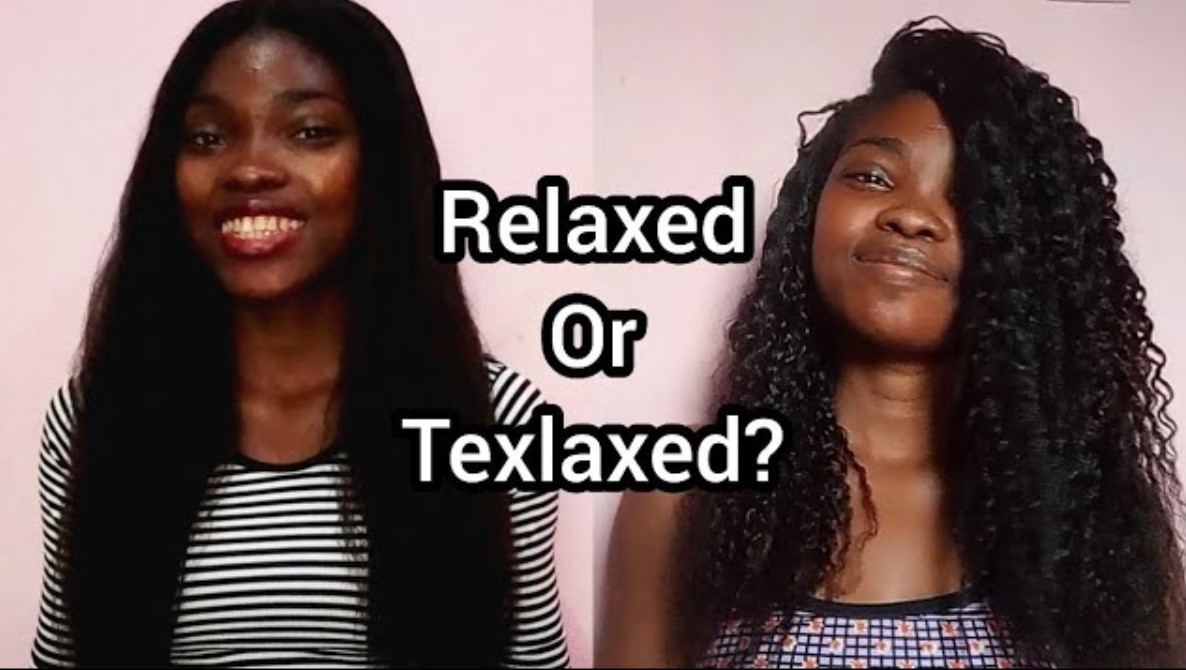
8. Frequently Asked Questions
Can Texturizers and Relaxers be Used on All Hair Types?
While both texturizers and relaxers can be used on a variety of hair types, it’s essential to consult with a professional stylist to determine the most suitable option for your specific hair needs and texture.
How Often Should Texturizers and Relaxers be Applied?
The frequency of reapplication can vary based on factors like hair growth, the strength of the product, and personal preference. As a general guideline, texturizers may require touch-ups every 6-8 weeks, while relaxers may need reapplication every 8-12 weeks.
Are There Natural Alternatives to Texturizers and Relaxers?
Yes, there are some natural alternatives that can help achieve a similar effect, such as using curl-enhancing products, deep conditioning treatments, and air-drying techniques. However, it’s essential to understand that these methods may not provide the same level of texture transformation as chemical treatments.
Navigating the world of hair care can be complex, especially when it comes to choosing between texturizers and relaxers. By understanding the differences in their chemical composition, the resulting hair texture, and the maintenance requirements, you can make an informed decision that aligns with your personal preferences and hair goals. Remember to consult with a professional stylist, follow instructions carefully, and prioritize the overall health and well-being of your hair. With the right approach, you can achieve the desired look while maintaining the integrity of your tresses.
Click to to our official website to find more information:
Website: https://messihair.com/
Hotline: +84 923 669 968
